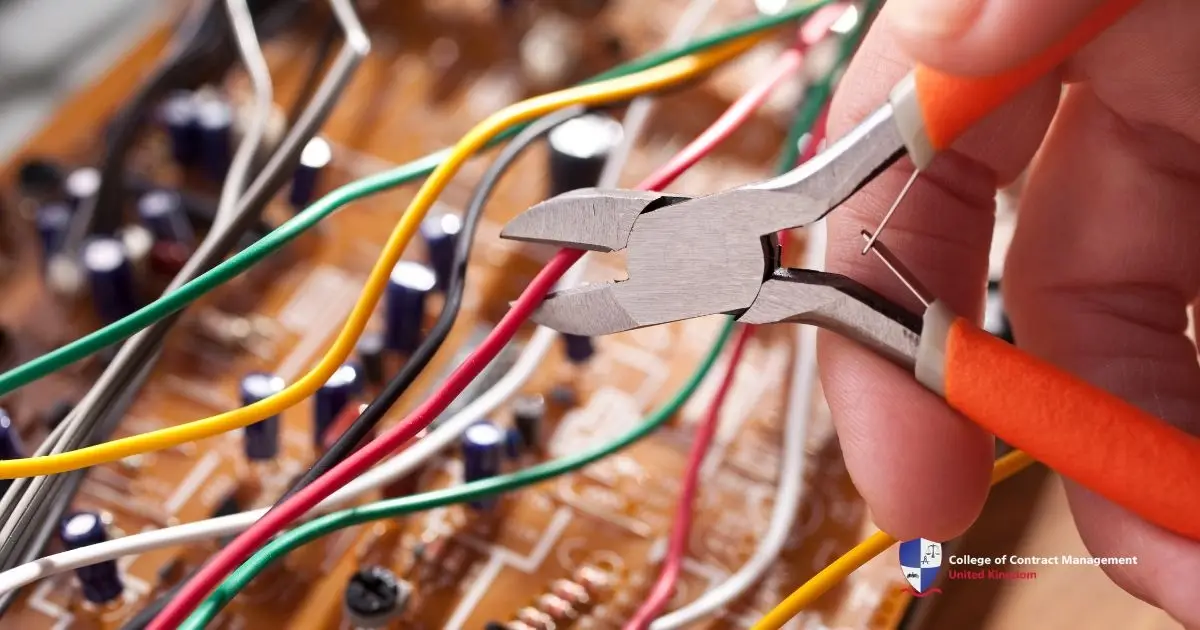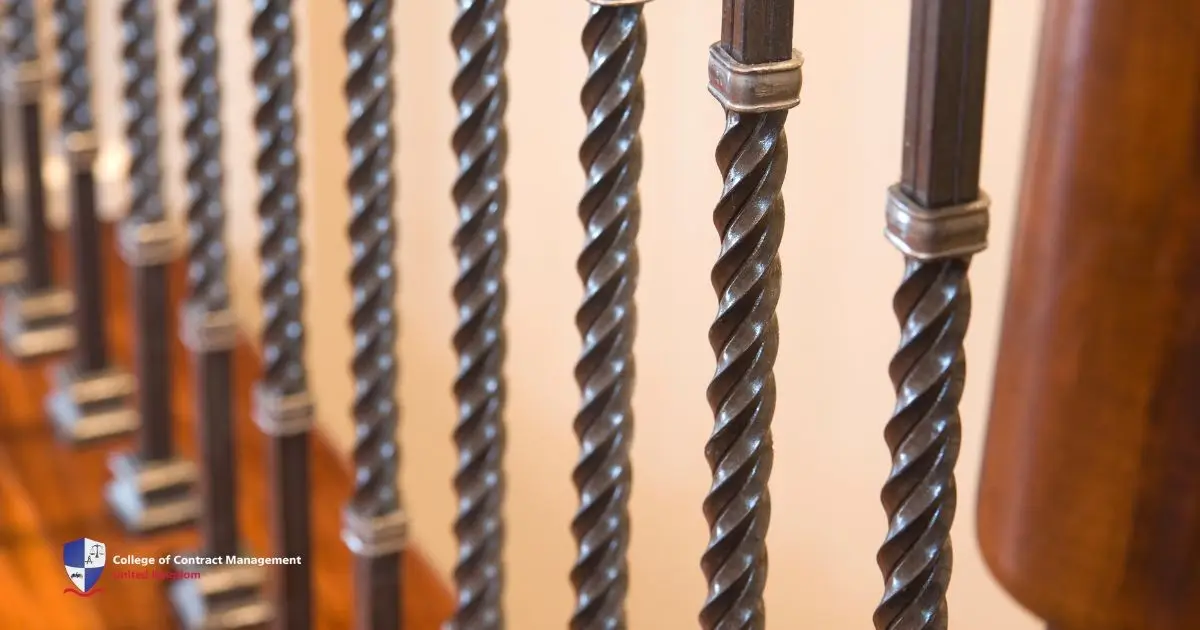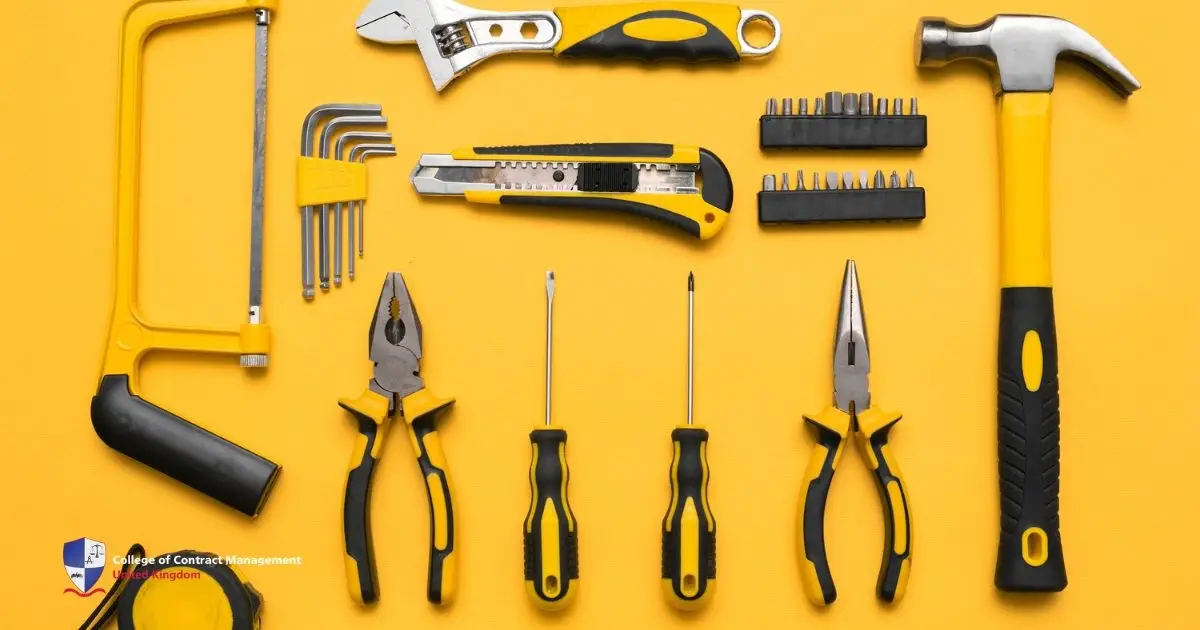Wire cutter are such an important tool for a huge range of people and needs. Including electricians, homeowners, DIY hobbyists and even other professionals. These tools versatility plays a big role in cutting different types of materials that require precise cutting. It is quite different from regular cutting tools. They usually feature different designs for specialised uses.
Wire cutter or pliers stand as important hand tools for low-voltage uses such as electrical tasks and network installations. People mainly use them to cut various wires, but they can also cut materials like plastic and soft metal. They consist of two parts: the short part, called the jaw, and the longer part, known as the handle.
While manufacturers usually make cutters from hard steel that has a sharp cutting edge. Different types of them can have different jaw shapes depending on their use case. You will need more than one type of cutter in your toolbox. We shall go into further details about this cutter in this article.
Wire cutter types
Manufacturers categorise wire cutter into many different types based on the specific applications they are designed to perform. For example, users often call the oval jaw the standard jaw. Therefore, linemen choose oval‑jaw cutters because their shape combines strength and durability, making them ideal for cutting solid, thick wires; hence the name lineman’s tool.
Moving past the jaw type, they also vary widely by specialisation. For example, the diagonal cutters with their sharp, angled blade can deliver a clean cut on soft wires. Flush cut variants, commonly used in electronics, produce smooth edges that help prevent injuries and wire fraying. Finally, we shall explore the most common types of cutters to ensure that you understand what you need and what to get.
Diagonal Cutters
Diagonal cutters or mostly known as side cutters or even dykes. They are the most common types of wire cutters that you will see in the store. Their main feature is a sharp cutting edge that can cut in a small area. This type of cutter is perfect for cutting small wires like those you would find in electronics. You can also use it to trim extra material from parts or use it as scissors.
Flush Cutters
Flush cutters or also known as micro cutters or nippers, are made by manufacturers with the aim of creating a clean, flush cut on small electrical wires or components. It has a flat cutting edge, making it possible for the user to trim wires and other materials without leaving a sharp or jagged edge. This type of wire cutter is popularly used in electronics and jewellery making. This also includes other precision tasks.
End Cutters
End cutters, or most commonly known as nippers or pincers, are designed for cutting through materials at an angle. It features a broad and flat cutting surface, making it possible to cut material flush against a surface. The end cutter is usually used for cutting nails, screws and other fasteners. This tool can also trim extra material from components.
Shear Cutters
Shear cutters, which are also called shears or even just scissors. This is due to its scissor-like design with two cutting edges that slide past each other, creating that shearing effect on the material. This allows for clean, precise cuts with minimal distortion of the material being cut. This type of wire cutter is ideal for cutting through cables, wires and other materials that require a clean, smooth edge.
Cable Cutters
Manufacturers make cable cutters for cutting through thick cables and wires. With its robust, large and curved cutting blades that can easily cut through thick cables. It is mostly used in electrical installations and telecommunications. It's used there due to being able to cut thick cable without crushing or distorting the internal conductors. Cable cutters come in a lot of different sizes, with larger models capable of cutting through cables up to 3/8 inches in diameter.
Bolt Cutters
The heaviest-duty type of wire cutter. The bolt cutters are made for cutting through large bolts, chains and other hard materials. Featuring long handles, strong and made from hardened steel jaws that give a large amount of power and cutting forces. Thus, it can cut through thick metal objects. They come in a wide range of sizes, with larger types capable of cutting through bolts and chains up to 5 inches in diameter.
Choosing the correct wire cutter
A wire cutter plays a huge role in professional work, especially in electrical work. Whether you are a professional or just an amateur DIYer, it's important for you to be able to choose the correct one for your needs. All of this is to avoid having the wrong tool for the job, like having a bolt cutter to strip wire jackets. Therefore, here are some factors you should consider when choosing a good cutter.
- Material: Choose a cutter that you will design to handle the specific material, such as copper, aluminium, or steel.
- Size: Select a cutter that can accommodate the size of the wires or cables you will be working with.
- Application: Consider the specific tasks you will be performing, such as cutting through thick cables, trimming small components, or working on electrical wiring.
- Ergonomics: Look for cutters with comfortable, non-slip handles that provide a secure grip during use. Insulated handles are essential when working with live wires.
When to use wire cutter?
You use a wire cutter to cleanly and easily cut through wires, cables, or similar materials when a task needs precision or strong force. It is a key tool in electrical work, crafting, construction and even auto work. All work that requires you to trim, strip or sever wires requires this cutter.
Although a cutter doesn't only cut wires, it can also strip insulation, bend small components, or remove nails and staples. For example, in electronics, precision cutters trim circuit board leads, while jewellery makers shape wire art. Whether for professional trades or DIY projects, this type of cutter is a key tool for tasks demanding controlled, durable cutting solutions.
Common mistake to avoid
Using a wire cutter the wrong way not only causes the quality of the work to be bad, but also poses safety risks. Cutting the wrong type of wire, applying extreme force, or using dull tools can result in a number of issues. For example, cutting through harder materials than planned can damage the blades, while attempting to cut wires without good support can lead to mishaps. Recognising these mistakes and not doing them can be measures can significantly improve both the process and outcome of electrical work. Here are the common mistakes you can avoid.
- Using the wrong cutter for the wrong job could lead to bad results or injury.
- Different wires have their own gauge requirement for the best result. Ignoring this can lead to a multitude of bad outcomes.
- Finally, not properly maintaining your tool can lead to it breaking when it's being used or not working properly.
Conclusion
Wire cutter is a key tool for precise, efficient cuts across electrical DIY and professional tasks from electricians, plumbing, to even general construction. Choosing between diagonal, flush, cable, or bolt cutters, make sure that it is the right type for the job to ensure optimal performance and safety. Prioritise material compatibility, ergonomics, and application needs while avoiding misuse or neglect. Proper selection and maintenance enhance tool longevity, work quality, and user safety.
Having this knowledge about a wire cutter can propel you as a professional. That is why the College of Contract Management offers top-notch courses to enhance your skills and knowledge. Whether you're learning about electrical or pursuing advanced construction techniques, our programmes are designed to help you succeed. Start your journey today and take your career to new heights.





